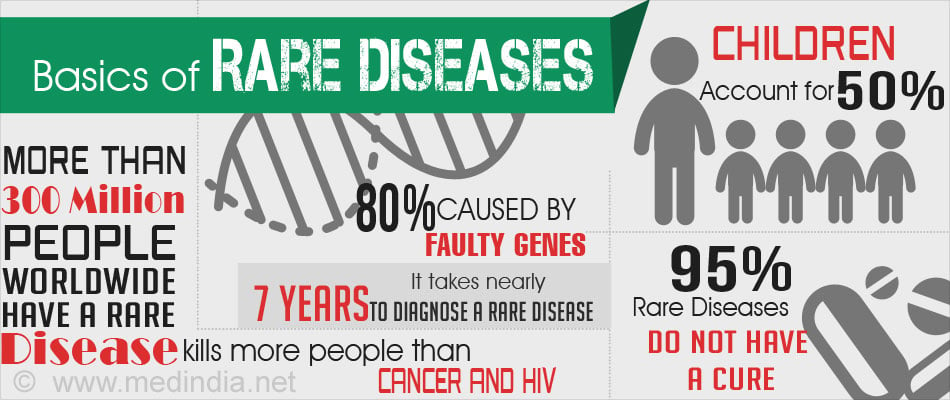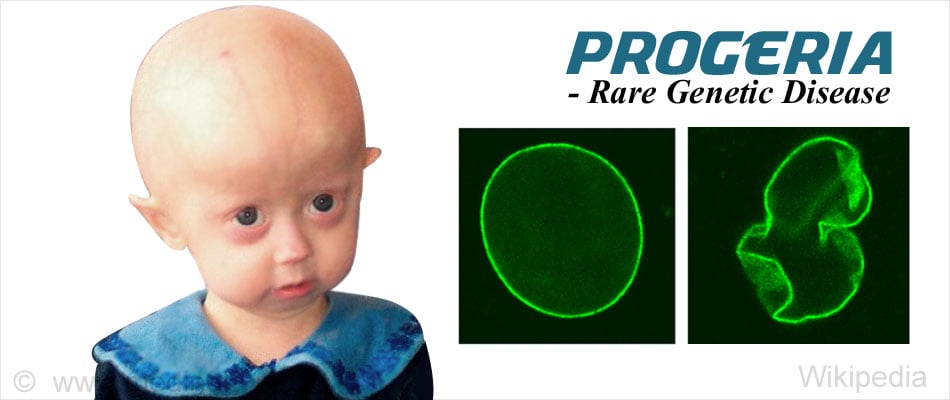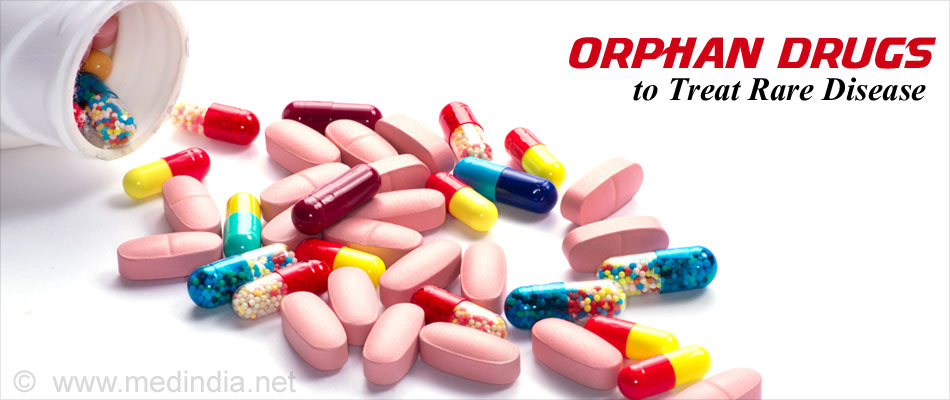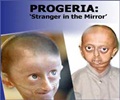- Rare disease - (http://www.eurordis.org/content/what-rare-disease)
- Rare Diseases FAQ - (https://www.genome.gov/27531963/faq-about-rare-diseases/)
- RARE Facts - (https://globalgenes.org/rare-diseases-facts-statistics/)
- What is a Rare Disease? - (http://www.rarediseaseday.org/article/what-is-a-rare-disease)
- About Rare Diseases - (http://www.orpha.net/consor/cgi-bin/education_aboutrarediseases.php?lng=en)
What is a Rare Disease?
A rare or orphan disease is any disease that affects a small percentage of the population.
A disease is considered rare in the United States if it affects fewer than 200,000 persons in the disease group. In the UK, it is considered rare if it affects fewer than 50,000 persons in the disease group. Rare diseases are more common than projected and globally it kills more people than cancer and HIV put together. Globally around 350 million people are estimated to live with a rare disease.

80% of all rare diseases are genetic and usually present at birth or a little while after birth. In some cases, the disease is diagnosed in early or later childhood or even adulthood. Rare diseases may be single-gene disorders like Thalassemia and Sickle Cell Anemia or multiple-gene disorders like Hereditary Multiple Osteochondromas. Almost 50% of those affected are children and 30% of these children will not live beyond the age of 5. It takes nearly 7 years to diagnose a rare disease.
How many Rare Diseases are there?
Currently there are 7000 rare diseases with newer ones being discovered each year.
What are the Characteristics of Rare Diseases?
Rare diseases are chronic, usually detected at birth or within the first year of life and are usually serious and progressive.
50% of all rare diseases are often detected in adulthood. Most of these rare diseases require lifetime treatment with drugs and therapeutics. In the case of some rare diseases like Niemann–Pick disease (a metabolic disorder) or Progeria (aging disorder), there is no known treatment and such patients usually die young.

Since 95% of rare diseases do not have a cure, patients are often on prophylactic treatment and drugs to prevent further degeneration and complications.
Most rare diseases usually worsen progressively and lead to multiple disorders, disabling conditions and ultimately death.
Types of Rare Diseases
Rare diseases can attack any of the body’s systems including cardiovascular, endocrine, blood, lymph system, lysosomes, musculoskeletal, kidneys, brain and nerves and lungs.
Rare cancers, infectious diseases, and auto-immune conditions are also part of the rare diseases group.
How are Rare Diseases Diagnosed?
On an average, it takes over 7 years in the US and over 5 years in the UK to diagnose a rare disease.
An average patient may need to visit at least 4-5 primary physicians and 4-5 specialists. He/she may even receive at least -2-3 misdiagnosis.
Rare diseases often present with multiple symptoms that vary from disease to disease and person to person. Often these symptoms overlap with other diseases and therefore the chances of misdiagnosis is very high. For example, muscular dystrophy, spinal muscular atrophy, Gaucher’s and Pompe disease have similar symptoms of motor and muscle development failure. Other factors that cause difficulties in diagnosis include overlapping symptoms, non-specific symptoms, and symptoms that are not very clear (on-off appearance). Clinicians are often trained to look for markers of common diseases and may not have the level of expertise to look for rare patterns. They need to be trained to look for clusters of rare diseases, for example, the metabolic/hematological disorders. They must also be made aware that early diagnostics gives the patient a better chance at a quality life.
Diagnosis can also be made easier by creating registries for all rare diseases, which map patterns in genotypes, phenotypes, and symptoms.
How are Rare Diseases Treated?
Treatment can be of two types for rare diseases: curative and disease modifying.
Curative treatments are very rare in such diseases. A few diseases like Thalassemia or Sickle Cell Anemia have difficult curative procedures like bone marrow or stem cell transplant. Some rare kidney, liver and heart disorders can be cured with transplants.
Most rare disease patients have to rely on disease modifying treatments for survival. Most of these treatments involve orphan drugs approved for use like the enzyme-replacement therapy approved for Gaucher’s and Pompe disease. Most treatments are prophylactic and meant to prevent further complications or delay the degeneration. These require regular follow-up and a lifelong treatment.

Role of Clinical Registries and Clinical Trials
In order to obtain accurate patient data and further knowledge of rare diseases, it is important to have clinical registries for each disease.
These patient registries are collections of standardized information about specific diseases with details like genotypes, phenotypes, symptoms, diagnostics, drugs and curative treatments, if available. They enable better clinical research and may accelerate the availability of drugs and treatments.
Clinical trials are very significant for rare diseases since 95% of these diseases have no known cure. Clinical trials are usually scientific experiments to determine the outcome of drugs or treatment protocols. It must be understood that there are no clear outcome predictions in a clinical trial. Since some rare diseases progress very fast, patients and families are often ready to take the risk as it may be better than having no drug or treatment.
Patient Awareness, Education, and Advocacy
It is imperative for patients and families with a diagnosis of rare disease to inform and educate themselves about the disease, available treatment options and other concerns. Clinicians often do not have the time and such education is usually left to a genetic counselor.

Patient advocacy is essential to obtain services in public health, adequate health insurance and other facilities including access to orphan drugs, treatments, and clinical trials. Most countries have an organization dedicated to the improvement of the rare disease community, for example, National Organization for Rare Diseases (US), Eurodis, (Europe), and Organization for Rare Diseases India (ORDI, India).












